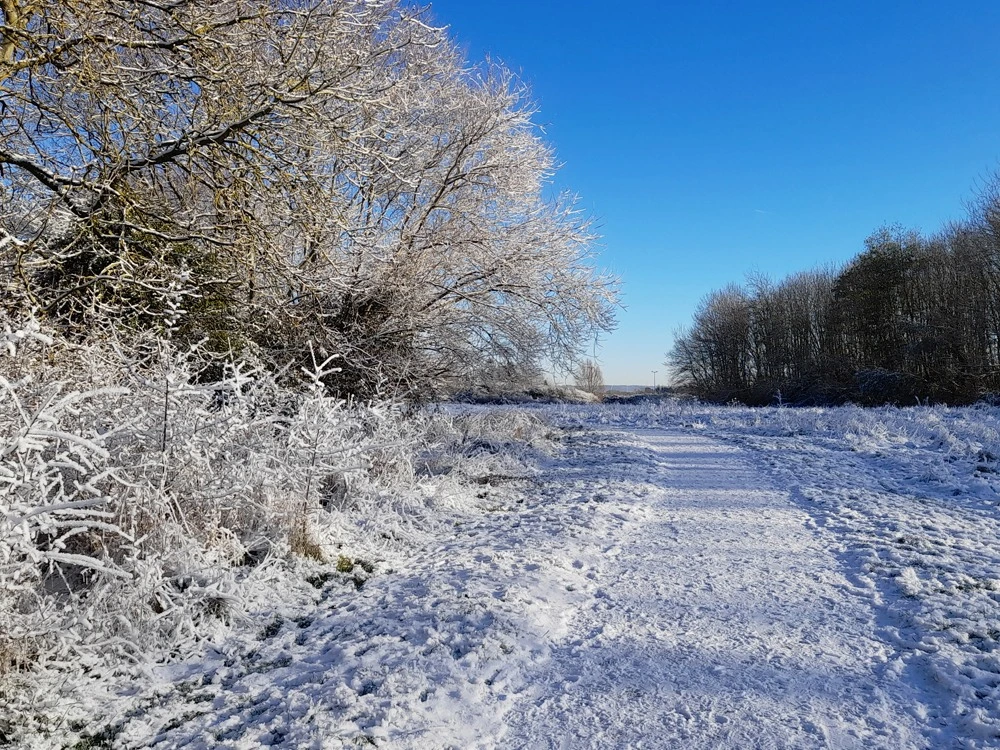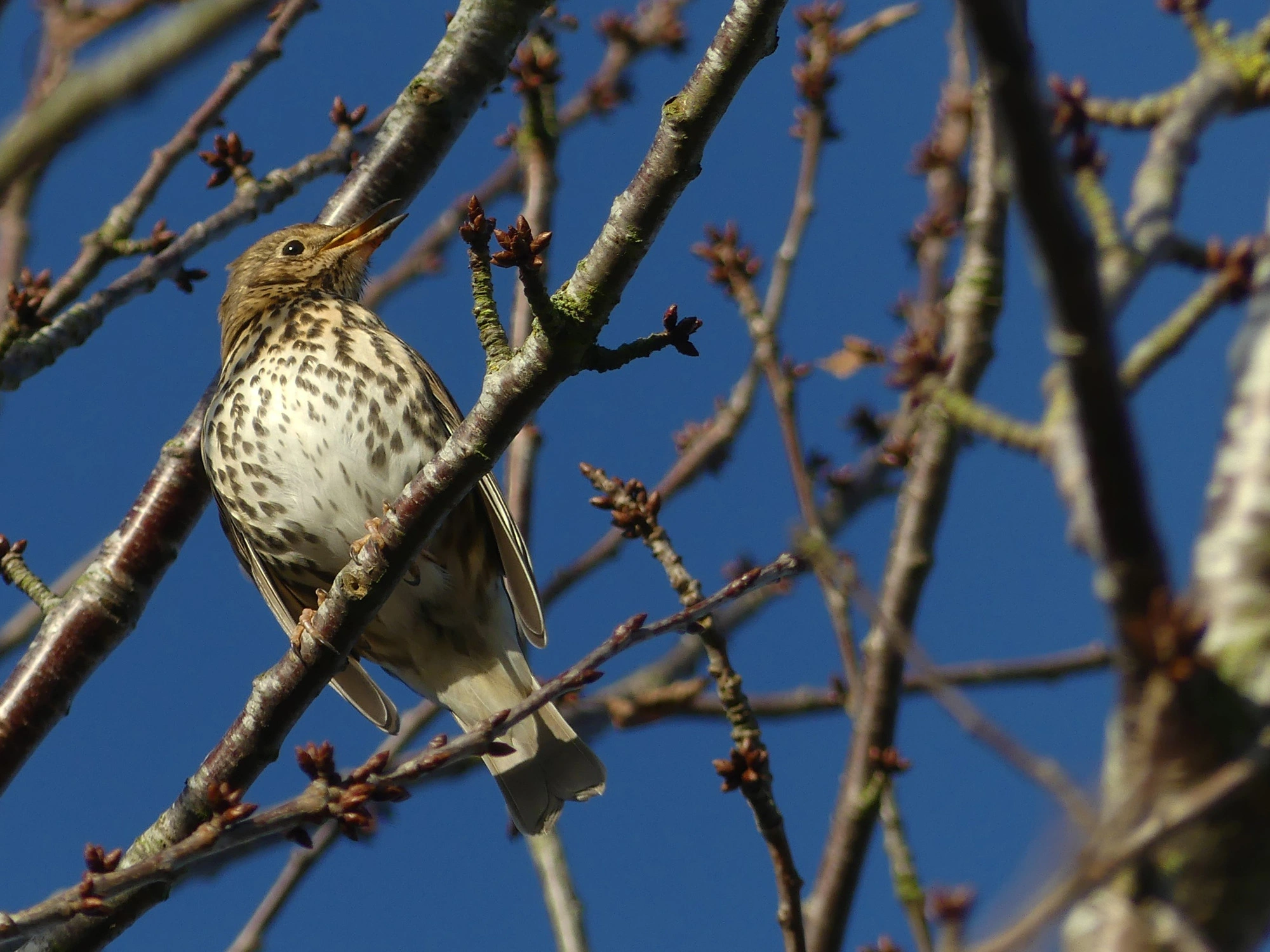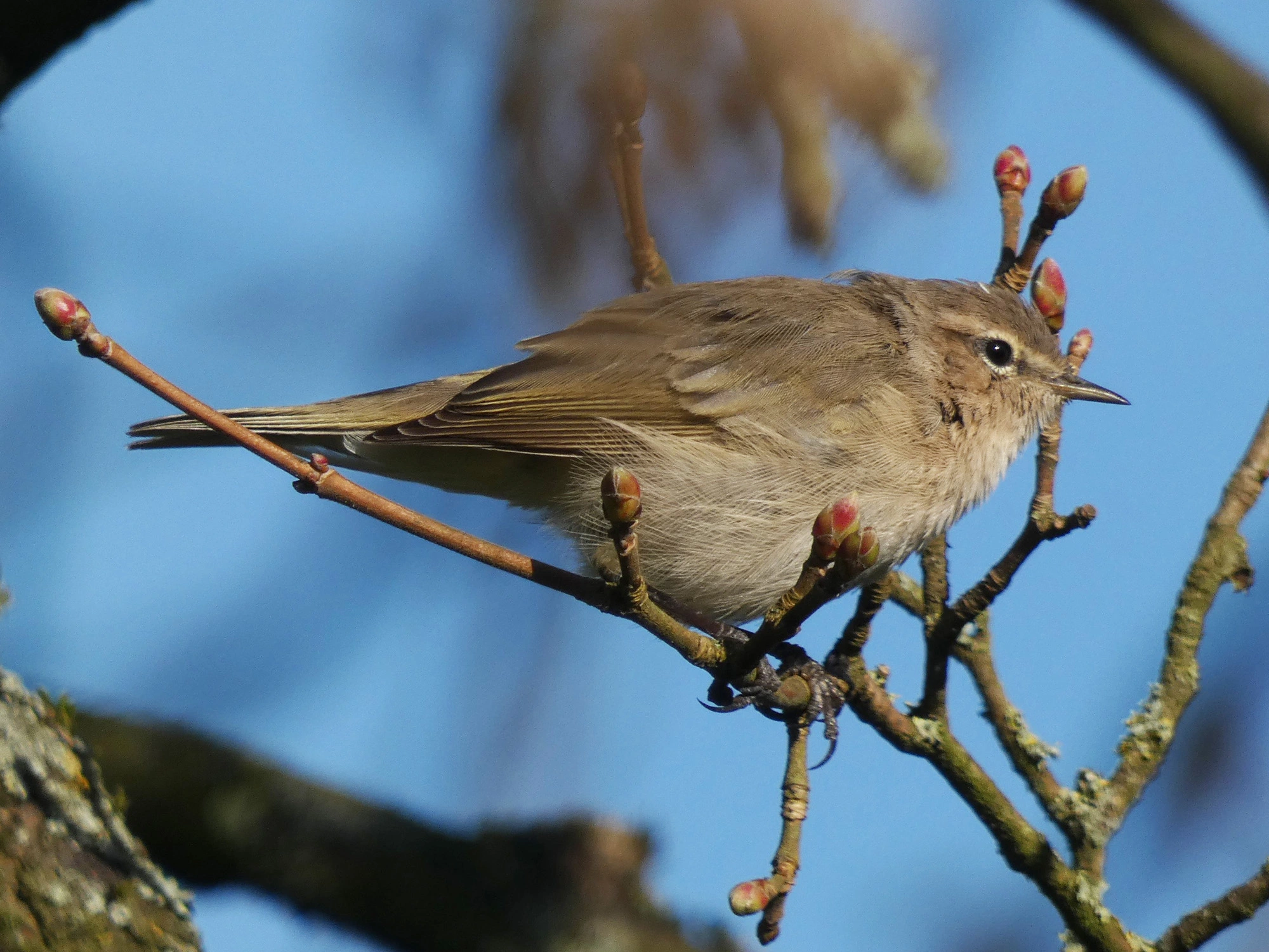Tattenhoe
Location
OS grid ref.
Google maps
what3words
Getting there
Parking
Train
Bus
Access
Permit required?
There are many pathways throughout Tattenhoe. Along the Tattenhoe Valley Park, a series of tarmac paths run parallel with the brook, leading to Tattenhoe Park in the southwest and Emerson Valley to the northeast and branching out into nearby streets and towards Howe Park Wood. A bridleway also leads along the brook into Emerson Valley and Tattenhoe Park but can be uneven in places, especially after periods of heavy rain. A series of red-ways also run through much of the housing, crossing the brook between Holborn Crescent and Rosemullion Avenue and along the estate’s northern and southeastern corners.
On site facilities
Toilets
Toilets are available during the opening hours of The Prince George pub, off Porthishead Drive and at the Howe Park Wood Education and Visitor Centre and Grounds Café off Chaffron Way. Away from Tattenhoe but closeby, there are other public toilets located throughout the Westcroft retail park. Opening hours should be checked before planning a visit.
Local amenities
There are plenty of amenities in and around Tattenhoe. The Prince George pub is located just off Porthishead Drive, serving hot food and drinks. In Emerson Valley, there are two convenience stores and several restaurants located off White Horse Drive and Winfold Lane. The Westcroft retail park, by the northwest corner of Tattenhoe also features several supermarkets and restaurants. Opening hours should be checked before planning a visit.
Target species
Site description
Tattenhoe is a fairly recently-developed area of Milton Keynes, lying near the southwestern edge of the city. Since the late 1990s, the area has undergone rapid urban expansion, with much of its former farmland and grassland becoming the sites of housing and infrastructure. While it has transformed from a rural to a very much suburban area, it still features an impressive range of habitats, lying within the Tattenhoe Valley Park (owned by The Parks Trust) and green corridors running parallel with footpaths leading through the housing to the neighbouring areas of Emerson Valley and Westcroft.

Some of the many habitats found across Tattenhoe include mixed deciduous and coniferous woodland, wildflower meadows, a narrow brook leading along the Tattenhoe Valley Park and an orchard near St. Giles Church, located off Portishead Drive. Water Spinney, lying next to the V1/Snelshall Street is also a feature of the Tattenhoe Valley, a local Rookery and the site of a medieval fishing lake. The Tattenhoe Valley Park runs for several miles, southwest into Tattenhoe Park and the northeast through Emerson Valley and Furzton.
Tattenhoe is a site well worth visiting for suburban birding throughout the year but especially during the peaks of migration around spring, late summer and early autumn, producing well over 100 bird species.

Species
The brook that flows along the Tattenhoe Valley Park is a haven for both resident and migratory passerines. Shallow sections attract Grey Wagtails, mainly in autumn and winter, while the waterside trees and nearby hedgerows host Song Thrushes, Goldcrests and local flocks of House Sparrows year-round.
Blackcaps and Common Chiffchaffs are mainly seen as migratory breeders in spring and summer here, though small numbers have also been found here into winter. Other warblers including Garden, Sedge and Reed Warblers are scarcer visitors to the brook, which has also attracted county rarities including Yellow-browed Warbler and Siberian Chiffchaffs between October and late April. With a bit of luck, you may also catch a glimpse of a Water Rail in autumn or winter.

Some of the more open stretches of the Tattenhoe Valley Park and the surroundings of St. Giles Church offer great views of visible migration around spring and especially in early autumn. October and November mornings can bring impressive movements of Redwings, Fieldfares and Wood Pigeons here, with less numerous species in the mix featuring Redpoll and Brambling. It is also a fairly reliable area to see Hawfinches on the move from late October and into November, occasionally dropping into the treetops of the Tattenhoe Valley.
Other flyovers of note during autumn and winter periods have included Great Northern Diver, Common Cranes and triple-figure movements of Lapwings and Golden Plovers in cold weather. Sparrowhawk, Buzzard and Kestrel are the raptors most likely to be seen circling over the site, with Peregrine and Hobby also making passing appearances from time to time.
Long-tailed Tit flocks roving between Howe Park Wood and the Tattenhoe Valley are always worth checking for other species in tow, including Treecreeper, Coal Tit and towards late summer, Lesser Whitethroats and juvenile Willow Warblers. Spotted Flycatcher is also a fairly regular passage migrant here, though more often found in autumn than in spring.
Mallard and Moorhen are the two most familiar water-dwelling birds around the brook and ponds, present all year-round, while other species including Tufted Ducks, Mandarin Ducks and Teal have made occasional visits. Mixed flocks of gulls, largely consisting of Black-headed Gulls and Common Gulls around the brook and grassed areas have proven worth checking for colour-ringed birds and locally scarcer species including Mediterranean Gull during the winter months.